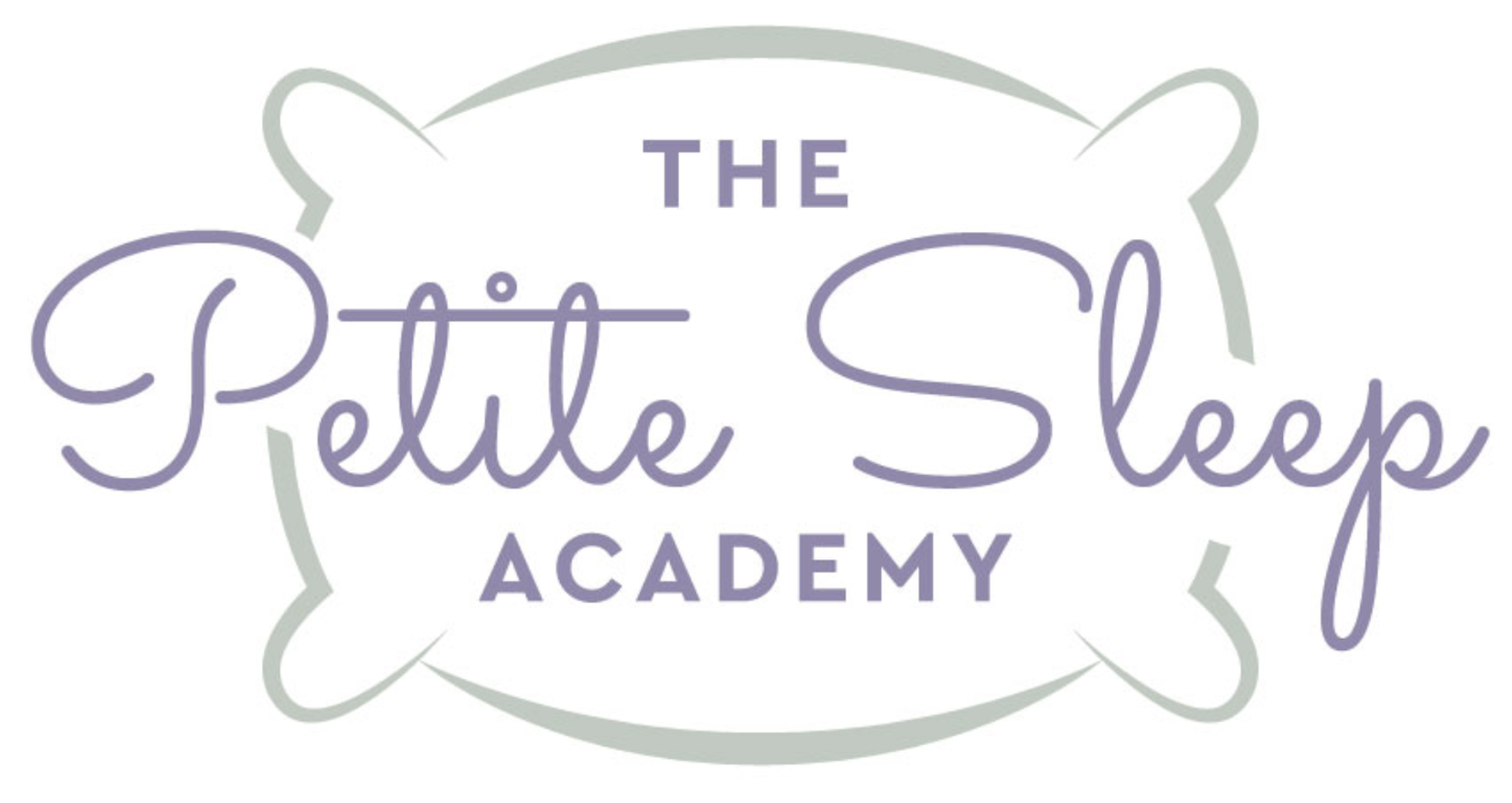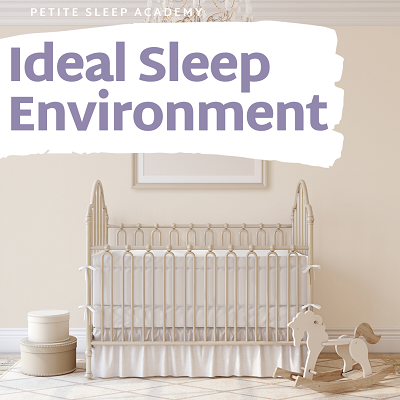The Ideal Sleep Environment
The first step to laying the groundwork for a healthy sleep foundation is all about creating an optimal environment for sleep.
When your child’s nursery is set up to encourage sleep, you afford them opportunities to lengthen naps, increase restorative nighttime sleep, and provide emotional security.
There are four key elements that make up the ideal sleep environment. These four elements create an atmosphere that is appropriate for all ages – newborns, infants, and toddlers. Best of all, this sleep strategy is easy to recreate during times of travel and can be applied to those who room-share!
Element 1: A DARK room.
For newborns and infants, this is a natural progression of the womb. Especially since they have no concept of fear of the dark. For toddlers who get easily distracted and have an increased awareness of their surroundings, a pitch black sleep space helps promote sleep by taking away those distractions.
The best way to create a dark room is by using blackout shades or blackout curtains. There are tons of budget-friendly options including portable blackout curtains. I use these shades for my toddler when we travel. We’ve used them since she was born and are a total travel must-have for our family. Portable shades can easily be used in the nursery for everyday use, too. I’ve even heard of parents using dark trash bags on windows as a means to get the room dark enough. Just be sure whatever portable options you choose won’t unstick and end up anywhere near the crib.
The best method to confirm if the room is dark enough for sleep is the hand test. Black out the room midday and hold your hand a few inches from your face. If you can make out your hand easily, then the room is not dark enough. You truly do not want to be able to see anything.
A dark room could also be the solution to ending those early morning wakings and can help lengthen naps. Darkness stimulates melatonin which promotes sleep while light promotes wakefulness. Never underestimate the power of a dark room. Welcome to the dark side!
(If you’re looking for more travel favorites, check out this blog post.)
Element 2: White noise sound machine.
Silence is startling to a newborn. The use of a white noise sound machine on a static or fan setting, paired with a dark sleep atmosphere, will mimic the womb and create an ideal sleep environment.
Although a toddler might not remember the womb, they are aware and distracted by everything. Having a sound machine to drown out outside noises will help keep them in dreamland longer.
I love The Hatch Baby Rest sound machine and have been using it since my daughter was born. There is a compatible app so you can control the settings from your phone. It’s also a great “grow-with-me” sound machine as it has an “okay to wake” feature that’s great for toddlers.
I actually own two of these sound machines so I always have one ready to travel with. And Hatch recently came out with a portable travel case! I also recommend the Rhom Sound Machine which has a portable product for travel, too.
Element 3: Temperatures between 68-72 degrees.
A cooler environment promotes sleep. Especially if your child is swaddled or uses a sleep sack. Remember, if you are comfortable in their room, they will be too. We never want to overheat an infant.
The AAP approves children having a blanket in their crib around 12 months. But honestly, children are such active sleepers that they really won’t benefit from the warmth of a blanket until they are closer to three years of age or in a toddler bed. Put your child in footie PJs or use a sleep sack as a wearable blanket if you are concerned about your child being cold.
Element 4: A safe sleep space.
That means furniture is anchored to the walls and there are no loose objects on the floor or within reach.
Infants need a firm crib mattress with a fitted crib sheet only. No loose blankets, stuffed animals, or crib bumpers. As soon as your infant starts to roll and pull up, start moving that mattress to lower levels and keep an eye on any hanging mobiles.
Toddlers should be in a crib with the mattress on the lowest level or in a bed/toddler bed with rails. By age 6 months, one small stuffed animal or lovey is okay.
The AAP approves the use of a light blanket at age one and a toddler pillow at age two. Again, most kids are active sleepers moving around the crib frequently until around age three. The use of a blanket and pillow for their intended purposes will not be of much use at these ages.
These four elements combined create the ideal sleep environment for a child at any age. Optimizing your child’s room for sleep doesn’t have to cost a lot, either. But the payout for everyone in your household will be huge.
Restorative sleep contributes to happy, healthy kids. Set the (bedroom) stage to achieve your sleep goals this year.
Sweet Dreams!


Recent Comments